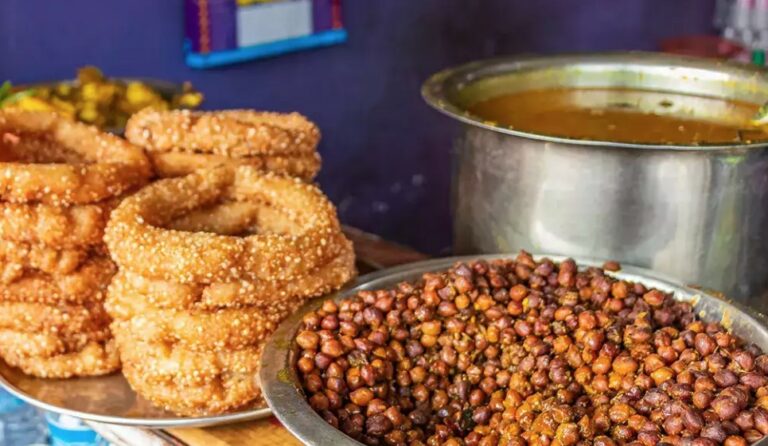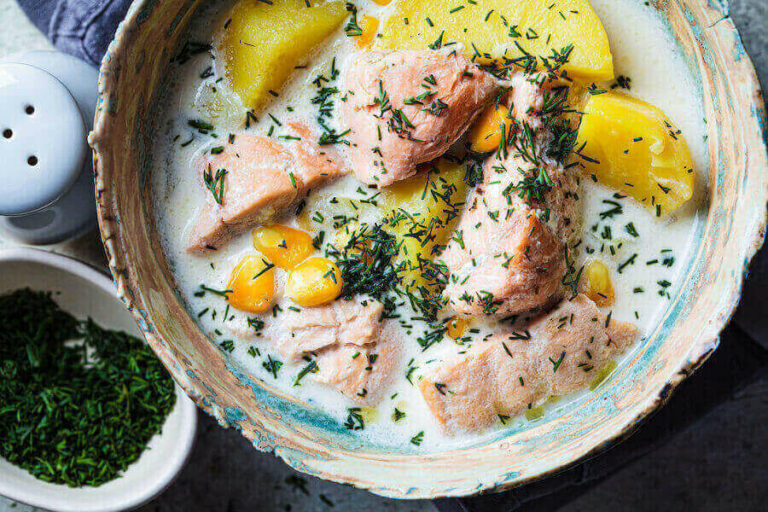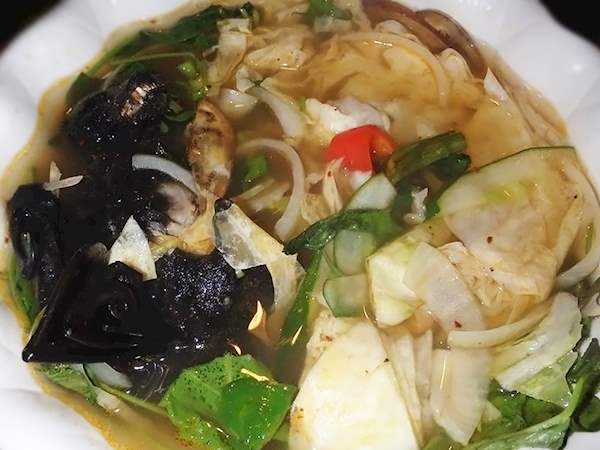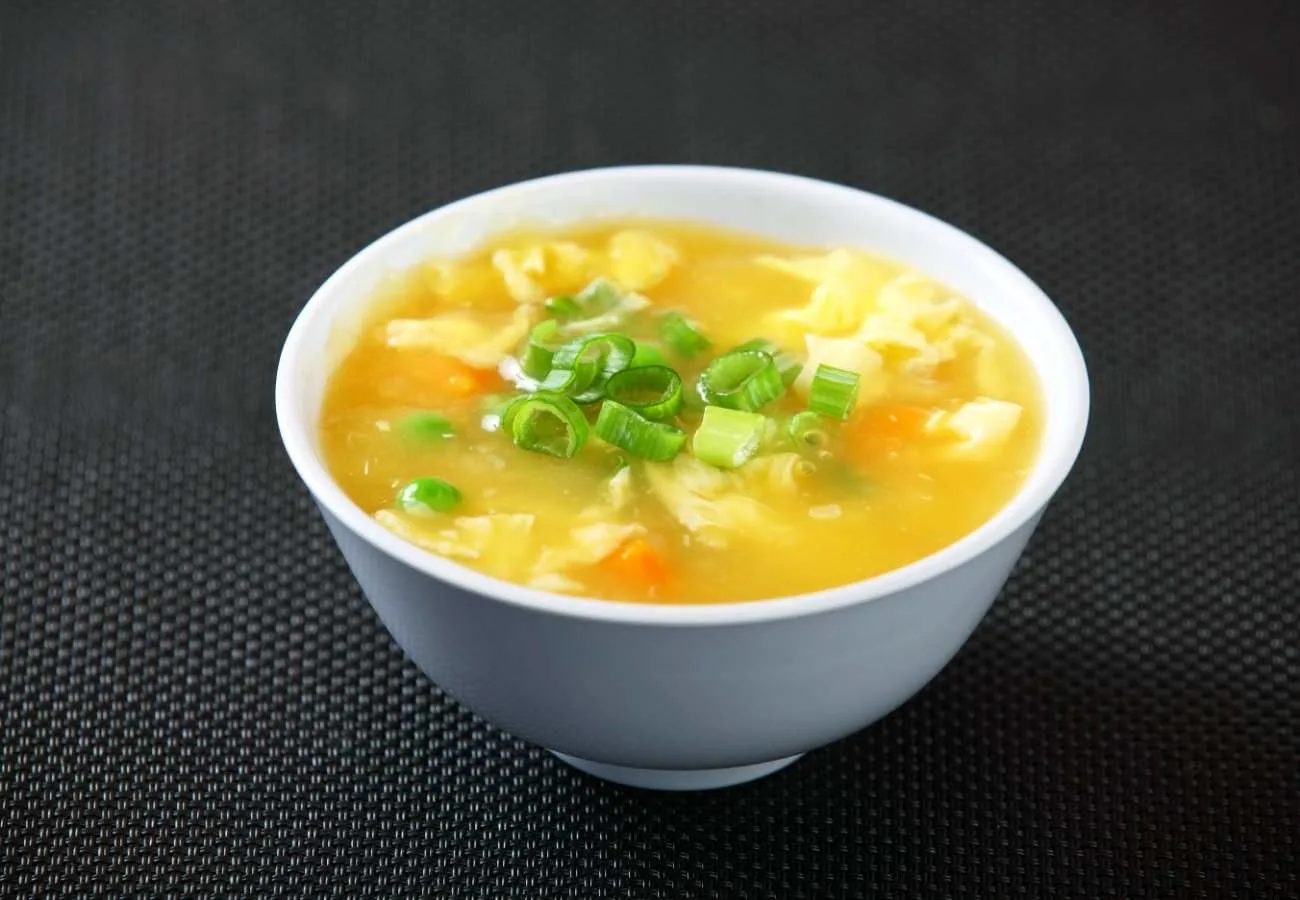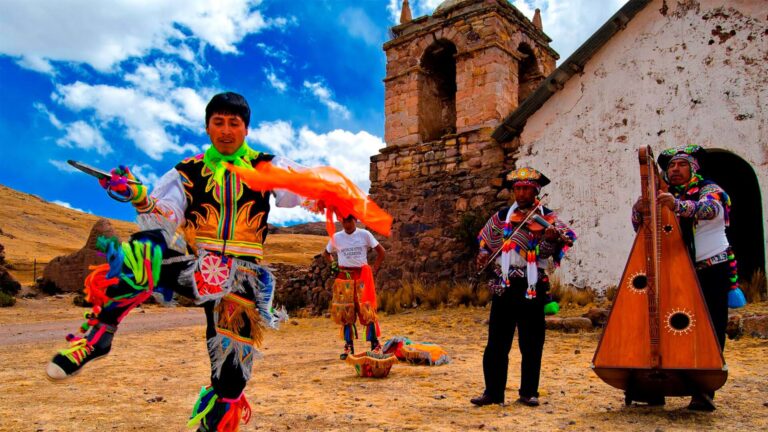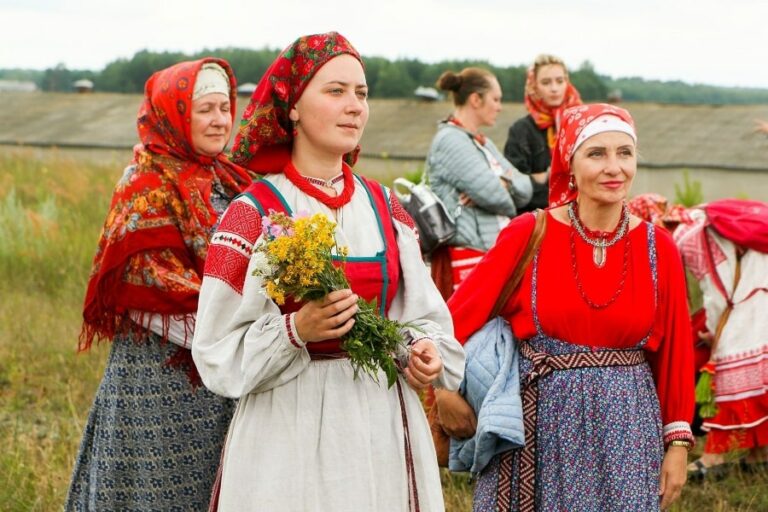Introduction: Nepal’s Unique Culinary Heritage
Nepal is a small country located in the Himalayan region of South Asia. Despite its small size, Nepal boasts a unique culinary heritage that is heavily influenced by its geography and diverse ethnic groups. Nepalese cuisine is a fusion of Indian, Tibetan, and Chinese flavors, making it distinctly different from the food of its neighboring countries. In this article, we will explore how Nepal’s geography and ethnic diversity have influenced its cuisine over the centuries.
Geographic Influence: The Role of Topography
Nepal’s topography has greatly influenced its cuisine. The country’s mountainous terrain makes it difficult to grow crops, and as a result, many Nepalese dishes are made with simple ingredients like lentils, rice, and vegetables. The lowlands of Nepal are more fertile, and as a result, the food in these regions is more varied and includes meat and fish dishes.
The country’s geography has also led to the development of unique cooking techniques. For example, in some parts of Nepal, food is cooked over an open fire, while in others, it is cooked in a clay oven. The use of clay ovens is particularly prevalent in the Kathmandu Valley, where traditional Newari cuisine has been preserved over the centuries.
Cultural Diversity: The Many Ethnic Groups of Nepal
Nepal is a country with over 100 different ethnic groups, each with its own unique cuisine. The most well-known Nepalese cuisine is from the Newari community, known for its extensive use of spices and meat dishes. Other ethnic groups like the Gurungs and Magars have their own distinct cuisine, which includes dishes like thukpa (a Tibetan noodle soup) and gundruk (a fermented vegetable dish).
The influence of different ethnic groups on Nepalese cuisine can be seen in the variety of ingredients and spices used. For example, the cuisine of the Terai region, which is home to the Tharu community, includes dishes like fish curry and bamboo shoots, which are not commonly found in other parts of the country.
Spices and Ingredients: The Flavors of the Himalayas
The use of spices is an integral part of Nepalese cuisine. Some of the most commonly used spices include cumin, coriander, turmeric, and ginger. The cuisine of Nepal is also known for its use of Himalayan herbs like timur (a type of pepper) and jimbu (a type of herb).
In addition to spices, Nepalese cuisine also includes a variety of unique ingredients like yak meat, wild mushrooms, and nettle leaves. These ingredients are often used in traditional dishes like momos (steamed dumplings) and thukpa.
Culinary Traditions: Festivals and Rituals
Nepalese cuisine is deeply intertwined with the country’s rich cultural traditions. Many Nepalese festivals, like Dashain and Tihar, have their own unique food traditions. For example, during the festival of Dashain, families prepare traditional dishes like sel roti (a sweet bread) and khasi ko masu (goat meat curry).
Food also plays an important role in Nepalese rituals. For example, during the Holi festival, a traditional drink called “bhang” is consumed, which is made from milk, almonds, and cannabis. This drink is believed to have medicinal properties and is consumed as part of a religious ritual.
Global Influences: The Evolution of Nepalese Cuisine
In recent years, Nepalese cuisine has evolved to include global influences. Due to the increasing popularity of Nepalese food around the world, many Nepalese chefs have experimented with fusion cuisine, incorporating elements from other international cuisines like Italian and Japanese.
The popularity of Nepalese cuisine has also led to the emergence of new and innovative dishes. For example, “chicken choila” is a popular Nepalese dish that is a fusion of traditional Newari flavors and modern cooking techniques.
In conclusion, the geography and diverse ethnic groups in Nepal have played a significant role in shaping its cuisine. Nepalese food is a unique blend of traditional flavors and modern influences, making it a must-try for food lovers around the world.

